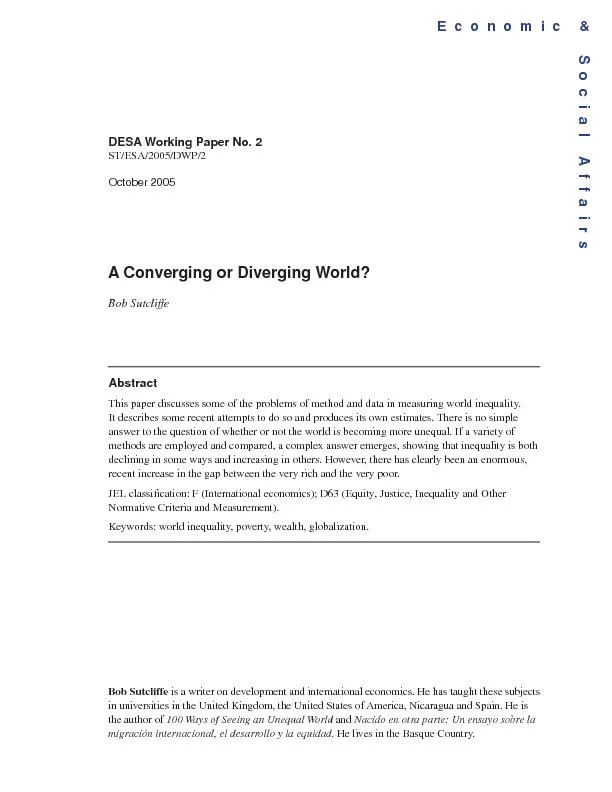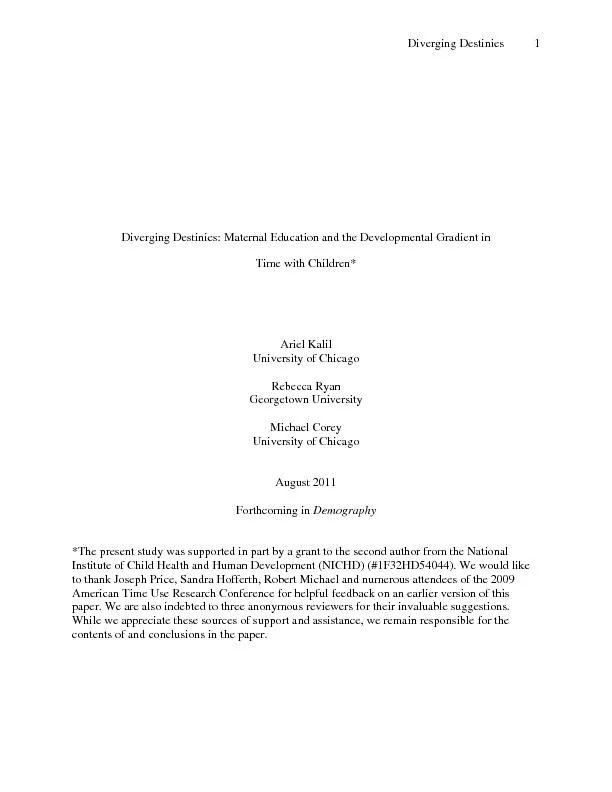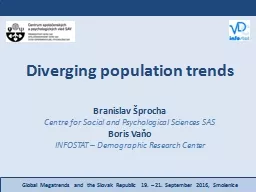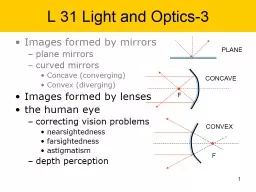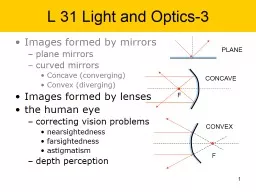PDF-A converging or diverging world
Author : trish-goza | Published Date : 2017-03-24
DESA Working Paper No 2STESA2005DWP2A Converging or Diverging WorldBob SutcliffeThis paper discusses some of the problems of method and data in measuring world inequality
Presentation Embed Code
Download Presentation
Download Presentation The PPT/PDF document "A converging or diverging world" is the property of its rightful owner. Permission is granted to download and print the materials on this website for personal, non-commercial use only, and to display it on your personal computer provided you do not modify the materials and that you retain all copyright notices contained in the materials. By downloading content from our website, you accept the terms of this agreement.
A converging or diverging world: Transcript
Download Rules Of Document
"A converging or diverging world"The content belongs to its owner. You may download and print it for personal use, without modification, and keep all copyright notices. By downloading, you agree to these terms.
Related Documents

